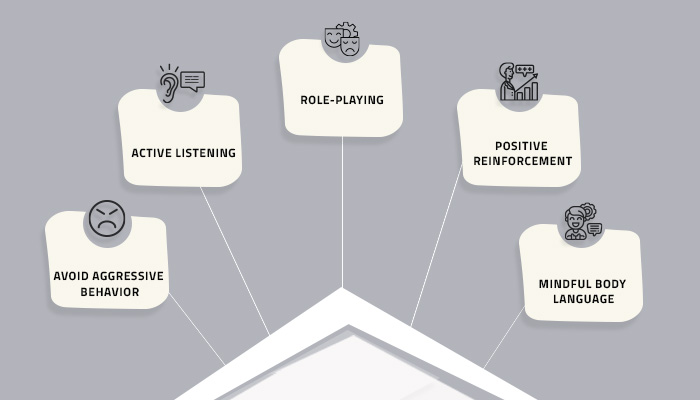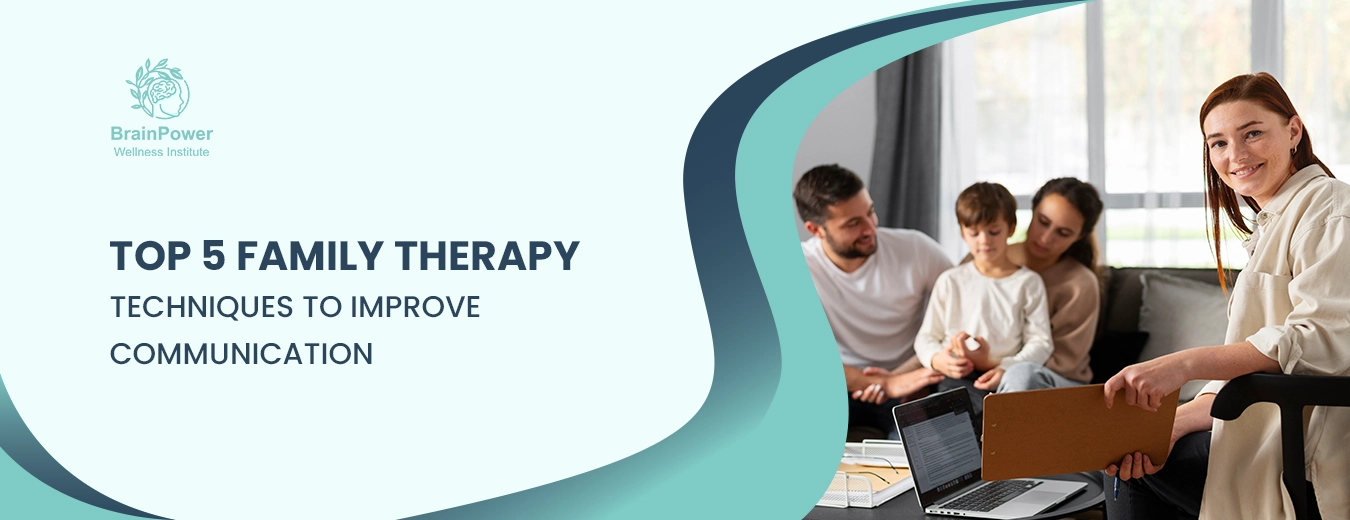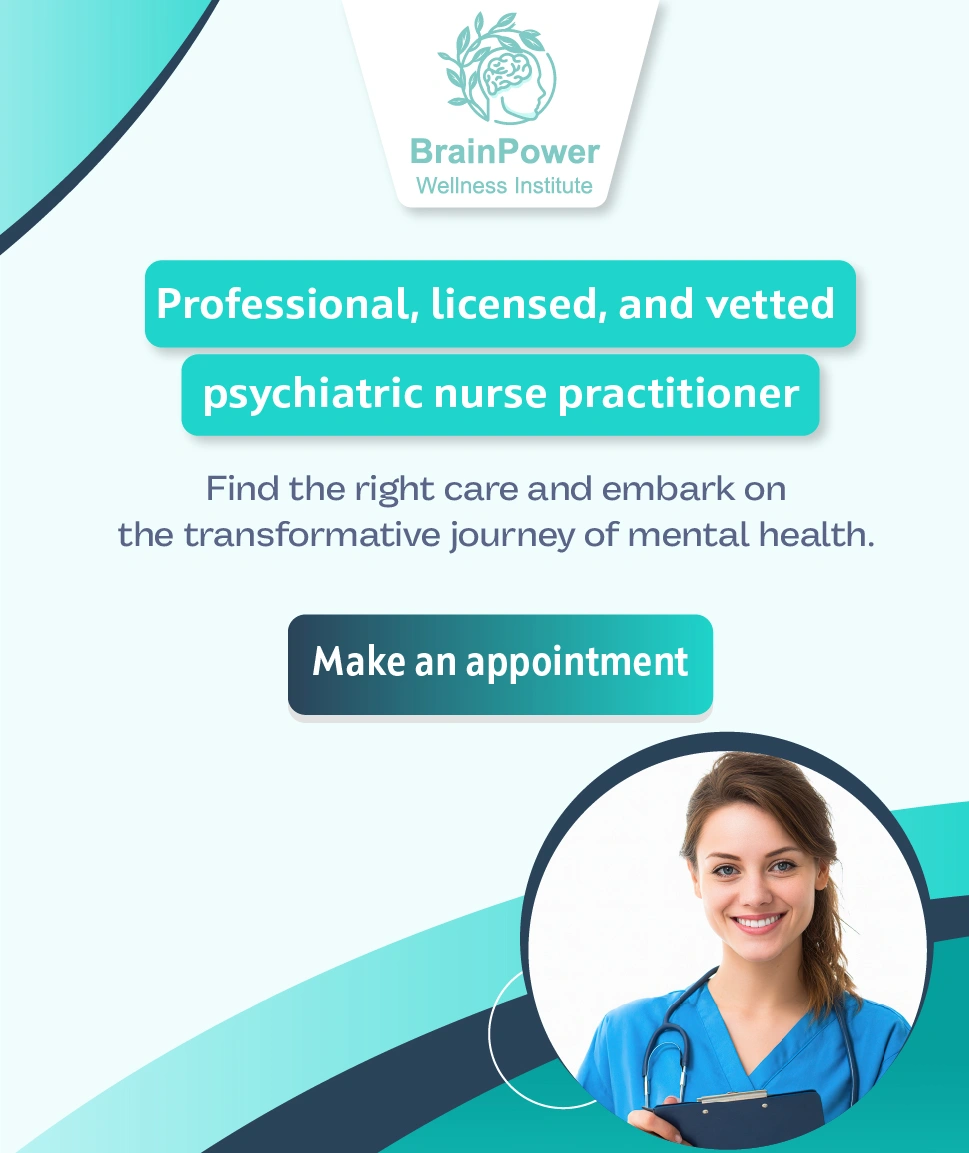The strong bond between the family members is based on their effective communication. Different stress factors can affect relationships and individuals show their anger or frustration which can result the miscommunication. However, there are top 5 family therapy techniques to improve communication so each family member coordinates with each other and discusses their life challenges to find the best solutions. Read this article thoroughly to determine how to improve family communication and how you can obtain family communication skills.
Top 5 Family Therapy Techniques to Enhance Communication
Different family therapy techniques are significant in improving communication. There is also a great significance in strengthening families’ techniques for communicating with others. But among all, the following top 5 therapy techniques are considered vital to addressing the communication issues between the family members.
Active listening
Active listening is a significant family therapy that improves communication. Therapists guide individuals to being active listeners during any conversation with loved ones. They just paraphrase what the other person has said. They do not interrupt the conversation and listen to the other person silently. Moreover, the main goal of active listening is to understand their perspective, thoughts, and emotions without any judgment.
However, the listener can ask different questions to get a better insight into their perspective. In this way, the speaker feels to be heard and understood and confidently speaks their heart out. They think that they can feel better and if they are facing any mental issue then the listener can give them the best solutions. Active listening builds trust between the family members so they can better communicate with each other and live a happier life.
Positive Reinforcement
As the term indicated, this involves the reinforcement of positive behavior in individuals as a communication therapy for families. This psychology technique is widely recommended by experts to parents and teachers to deal with children. With the help of this strategy, individuals are encouraged to do any positive, good, or productive behavior and then repeat their behavior to get the reward in return. Positive reinforcement is highly effective in improving the behavior of children.
For example, if parents want their children to focus on their school homework and complete it on time then they can tell them that by following their instructions, they will get a reward. You can allow them to play their favorite game or watch any favorite movie so they make up their mind to exhibit good behavior. Similarly, just like children, teenagers can also benefit by giving positive reinforcement to their parents. They can show appreciation when their parents listen to them with calm and understanding behavior.
Role-playing
Role play is another best technique to improve communication. For family therapy, role-playing is used and recommended by multiple professionals. In role pay, family members simply play each other roles to identify each other responses. You can determine when you say anything, how others interpret that, and how you respond to their actions or behavior. In this way, you can learn different communication skills and get to know each other better. Another major benefit of role-playing is that individuals can learn how they should behave in different challenging situations.

Mindful Body Language
Your body language is more impactful than your words. If you are in any conversation with your family member or any other person and you are not even saying a single word then your behavior will be considered highly disrespectful. Your body language will give negative signals to other people and result in the wrong interpretation. Some actions which are considered as the negative body language are as follows:
- Frowning
- No eye contact
- Crossed arms
- Eye rolling
- Clenched fists
- Hands-on hips
These gestures are considered negative and defensive in conversation and therefore individuals develop inappropriate concepts in their minds. Therefore experts teach individuals to avoid these gestures to improve communication. Moreover, they learn how they have to be more mindful of their body language to enhance their communication.
Avoid aggressive behavior
You do not have to agree on the concepts or thoughts of another person. There can be situations when there is a conflict between thoughts, but you do not need to show aggressive or rude behavior. Make sure that you avoid interrupting the conversation and prevent the defensive response from making the other person be heard. Before replying, think for a while, take a deep breath, and then answer accordingly.
How Brainpower Wellness Institute can help you by providing Family Therapy interventions for communication?
We are highly concerned with the mental health of all your loved ones. So, we offer the finest mental health services that can help you and your family members overcome all complexities with the help of the finest family therapy interventions for communication. Moreover, you will also get familiar with the strengthening families technique for communicating with others.
Our mental health professionals always give priority to teaching communication skills for family therapy and provide the top family therapy techniques to improve communication. They are skilled in providing impeccable family communication counselling. So you do not need to hesitate before discussing anything with your family members and can better communicate with each other to live a prosperous and stress-free life.




